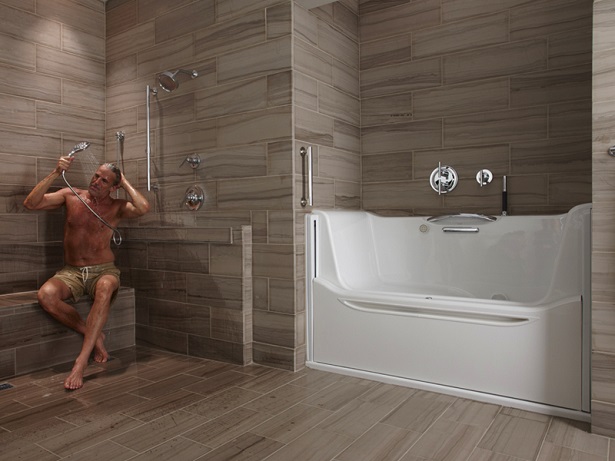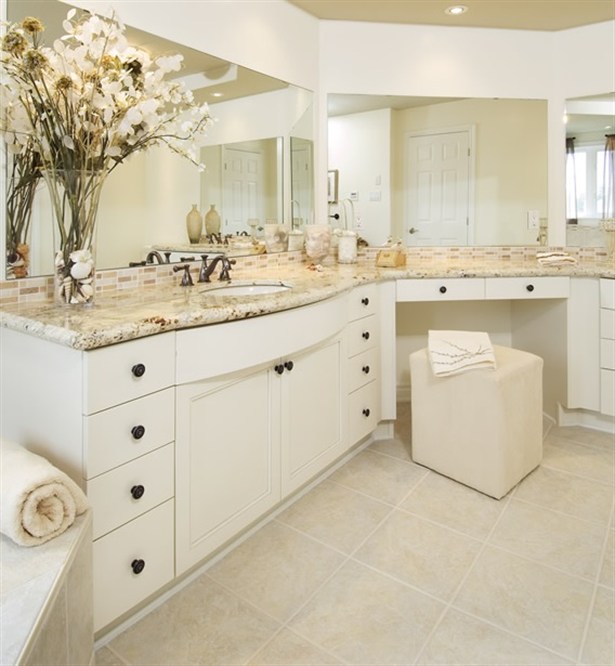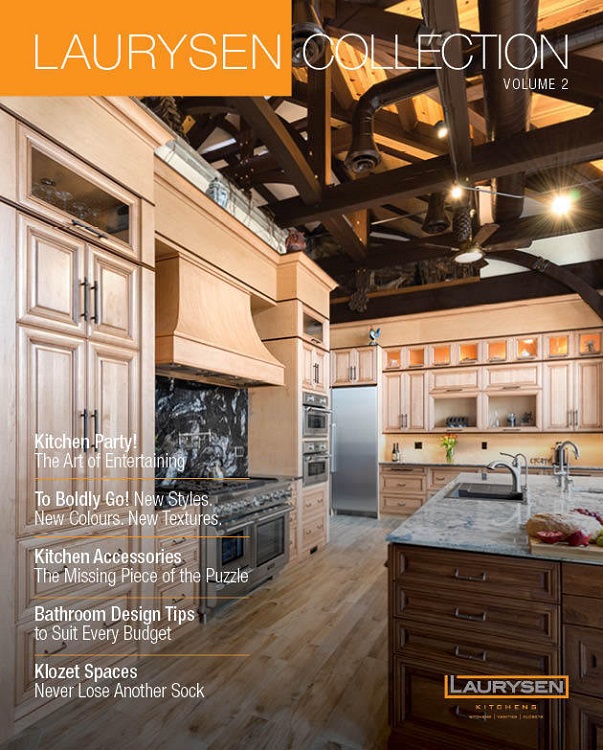As Canada’s population ages, more and more of us are thinking about making bathrooms safer for those who have reduced mobility. It’s easy to see why – falls account for more than half of all senior injuries, most falls occur at home, and the bathroom accounts for the lion’s share of the location for these falls.
Aside from the hospital stays and the fact that 20% of these injuries result in death, there’s another problem with unsafe bathrooms. They often mean that seniors have to leave the home they love and move to a care facility. This is not only incredibly expensive, it can be a serious blow to the self-esteem of the senior in question.
The great news is that there is a lot you can do with a bathroom renovation to make the bathroom a safer place for everyone. Once you do, it can play a big part in maintaining independence for much longer. Best of all, there are so many styles available that you can make a mobility-friendly bathroom as beautiful as it is accessible.
The Problems with Conventional Bathrooms
The root cause of most bathroom falls is moisture, and that many surfaces become slippery when wet. The second issue is climbing or reaching for items. A contributing factor is often poor lighting.
Another issue that most younger adults don’t consider is room to move. Most seniors end up needing a mobility aid of some sort, whether that’s a cane, a walker or even a wheelchair. If you look at your bathroom, it probably doesn’t have much room to spare, let alone the 60 inches (152.4 cm) that you need to turn a wheelchair around. Conversely, some seniors have trouble standing up, sitting down, or staying in a standing position.
To get an idea of how hard things can be, this video shows a healthy adult wearing a special suit that simulates the effects of advanced age:
Renovations to Make Your Bathroom More Senior Friendly
1. Improve the Location
Most seniors have trouble with stairs. While the most senior-friendly home layout is a bungalow, not everyone has the luxury to buy one. If you’re staying in a multistorey, make sure there’s a bathroom on every level of the home, or at least a powder room. For bathing, try to make sure the full bathroom is on the level that the senior spends the most time, often the main floor.
2. Ensure Slip Resistance
There are literally thousands of great tile designs on the market, but very few of them areappropriate for bathroom floors. When it comes to what’s underfoot, choose a rougher texture that will provide resistance when the inevitable splashes happen. Simply touching the sample with a hand should give you a good idea.
3. Make Bathing Safer
The key to making both showers and bathtubs accessible is to separate them. The old favourite bathtub/shower combo may be versatile, but seniors will have trouble climbing over the edge of the tub.
Showers
For showers, if you can’t walk into it, it isn’t senior friendly. You’ll generally need to convert at least part of the room into what’s called a “wet room”. This means that the floor as well as the walls are moisture-sealed and tiled. There is no curb, level change or any other kind of barrier to the shower. A door wide enough for a wheelchair or walker is important, as well as grab bars in places where showering takes place.
As with most things in life, getting there is half the fun. Most seniors have trouble remaining standing, so once they’re in the shower ideally there’s a seat, again with a handy grab bar. A seat makes it possible for the user to concentrate on cleaning hard to reach areas like feet and backs safely.
Kohler is one of the many manufacturers who are providing excellent fixtures with mobility in mind:

Bathtubs
For the senior that really prefers to bathe, walk-in bathtubs can be a great option. If you’ve never seen one, they’re taller bathtubs with a door on the side that can be open and closed (as long as there’s no water in it!) and a seat at normal seat height for a chair. If you can afford it, jets to massage aching legs and feet can be a source of relief.
Keep in mind that walk-in tubs may be hazardous to small children because of the deeper water level, so for multi-generational homes make sure children can’t fall in and drown.
No matter which one you use, make sure there are grab bars on the nearby walls. They’re not only helpful if there’s a slip, but many elders also use them to sit and stand.
4. Raise Toilet Seat Heights
As mentioned, sitting and standing can be a bit of a journey for most seniors. This can make life extremely difficult for elders who have to go to the bathroom more often. A toilet seat that’s taller will make better for those who have stiff and painful joints. Don’t forget to have a grab bar mounted beside the toilet so arm strength can be used. It’s also important to keep the toilet paper in easy reach too. A bidet/dryer can make cleaning better for people who are less flexible or who have sore, arthritic hands.
In houses where the very old mingle with the very young, toilets are one area where good design for one means bad design for the other. If you can’t have two different bathrooms, there are automated toilets that will raise and lower themselves to preset heights.
5. Improve the Lighting
As we age, most of us not only get blurry vision, but we’re not as able to see well in low light levels. Having brighter lights and more of them is important.

Typical bathrooms have one light in the centre of the ceiling, or above the mirror and vanity. Most bathroom lighting schemes don’t accommodate regular grooming tasks, let alone having to do them with impaired vision. To help prevent accidental falls, it’s important to install a separate light in the shower as well. Don’t forget to have a lighting option that works for middle of the night bathroom visits.
Bathroom Renovations For Safety’s Sake
Accessible design doesn’t have to mean institutional-looking. But any designer will tell you that great design is based on functionality. If your bathroom isn’t usable, it doesn’t matter about beautiful colours or finishes.
If you’re interested in making your bathroom usable for any age or ability, get in touch with one of our expert bathroom designers

